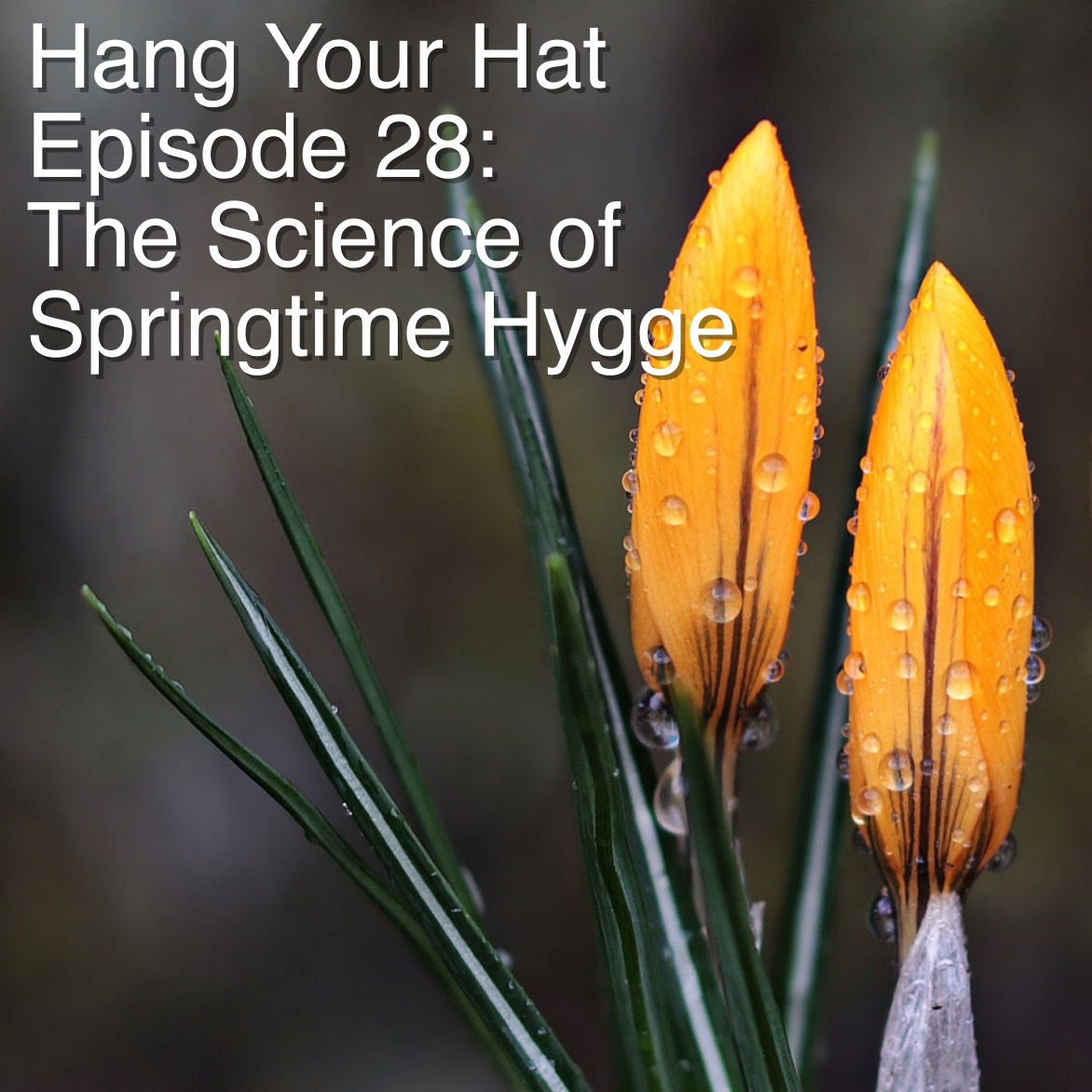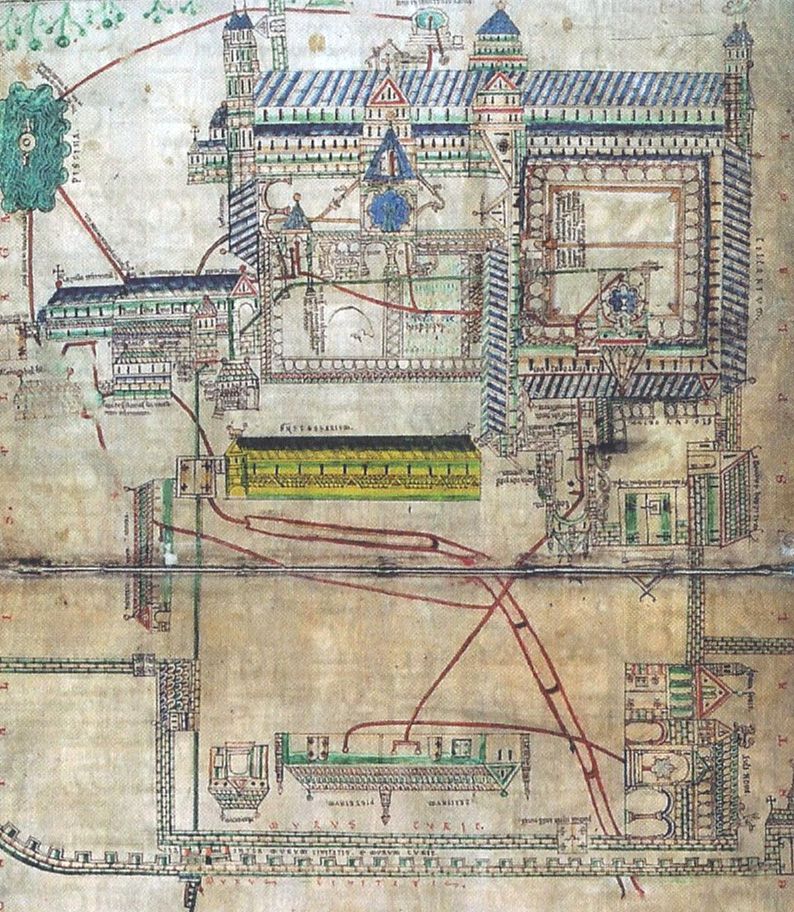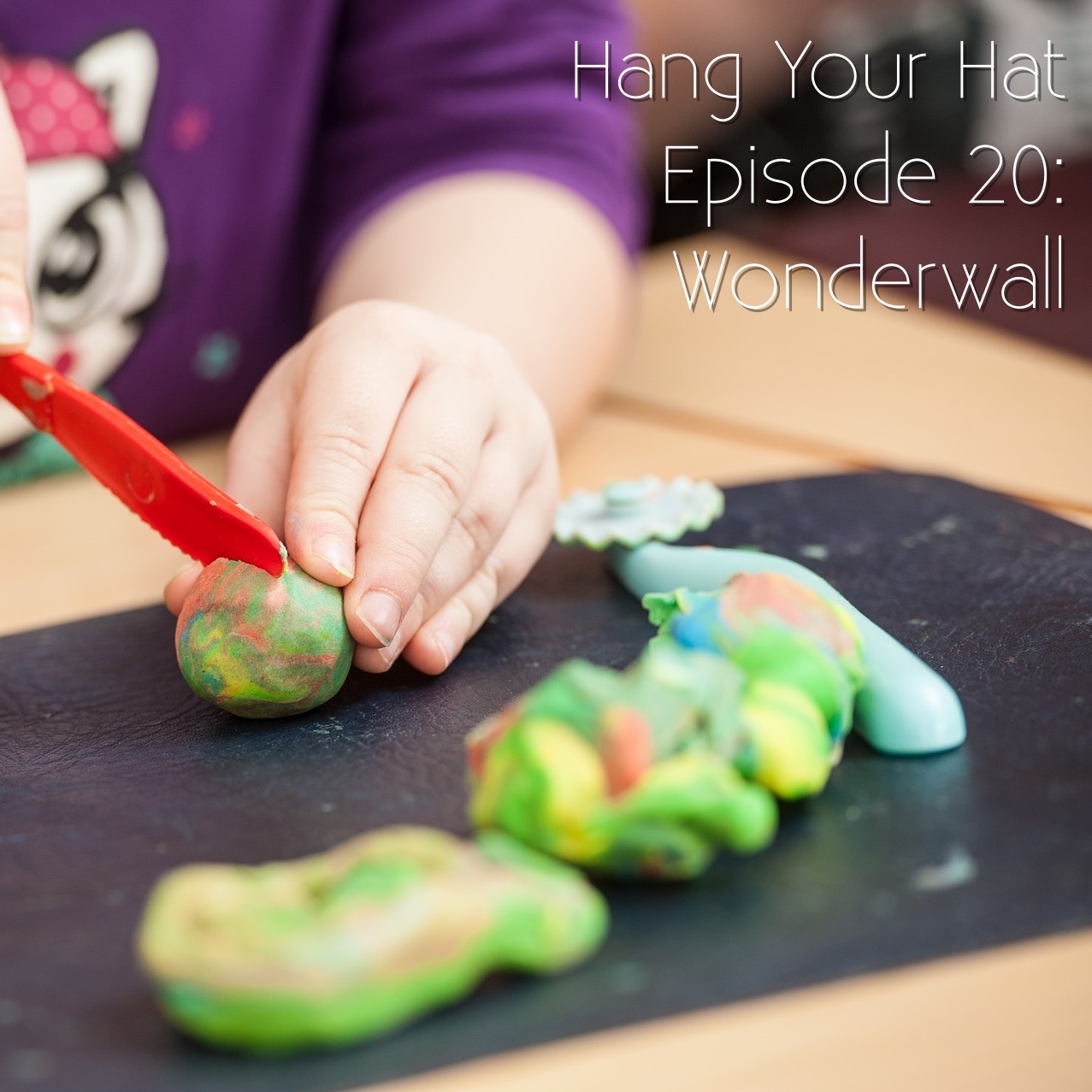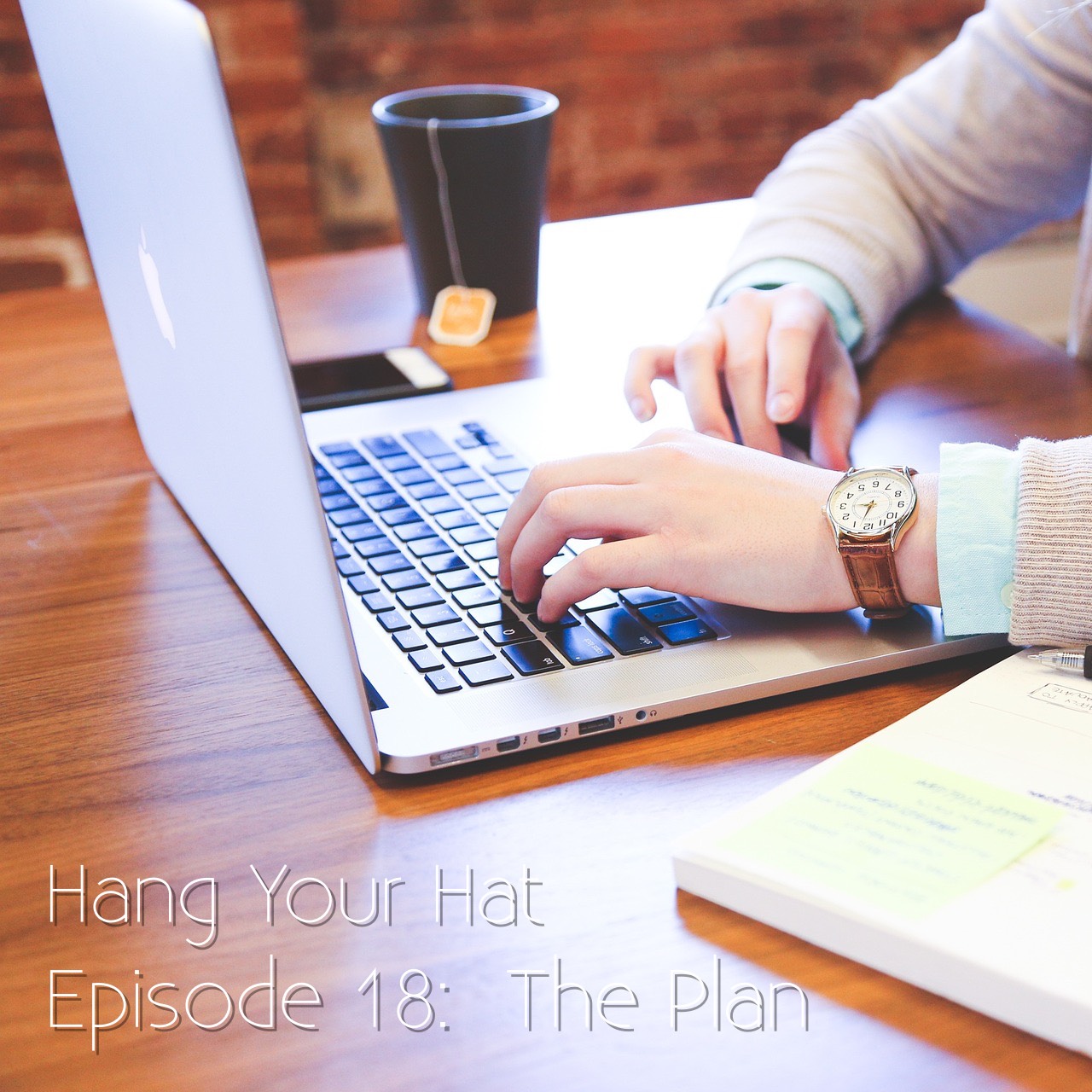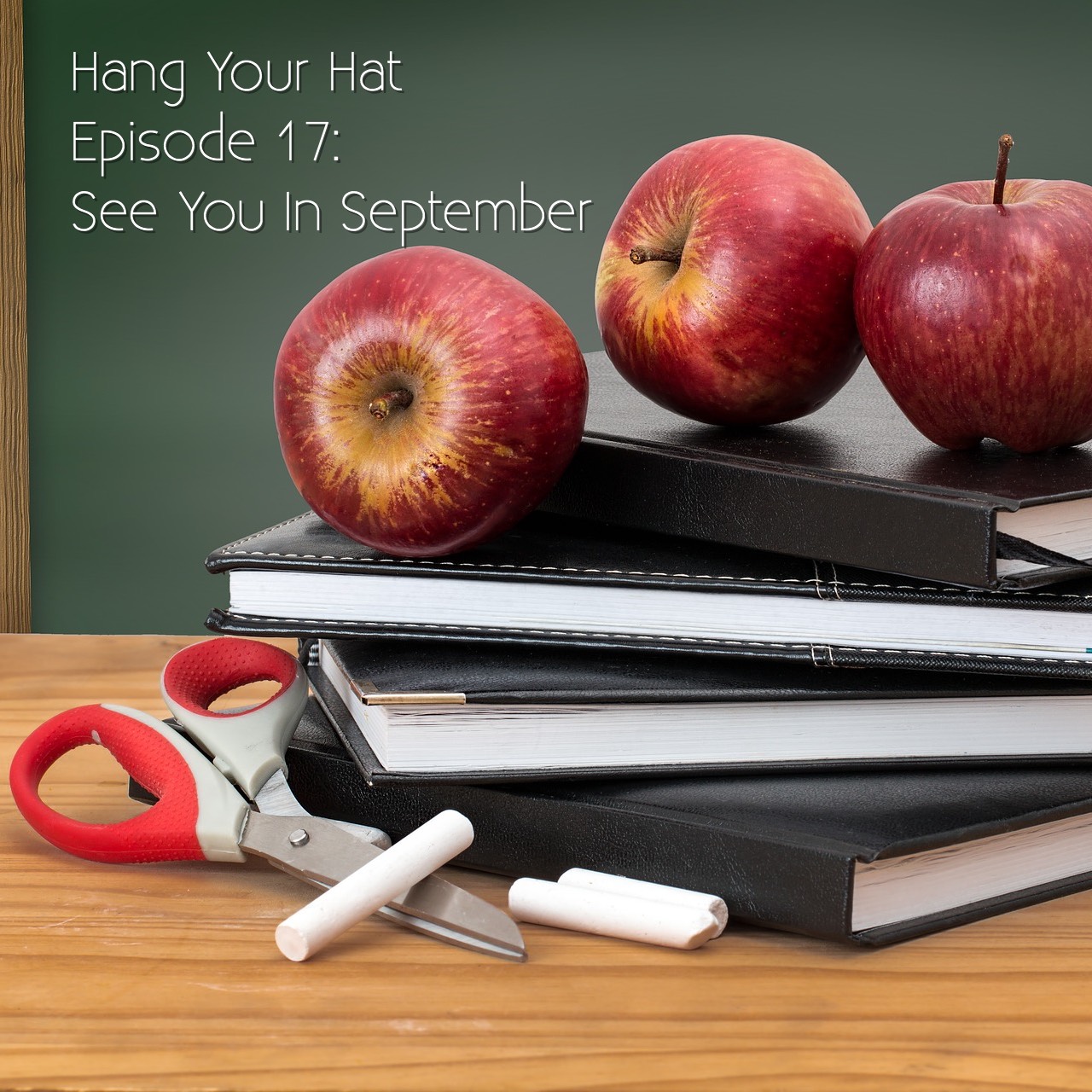Sources:
Show Transcript:
Welcome to the Hang Your Hat Halloween Special. This is Episode 22, the Tale of Stingy Jack.
Today’s episode is not the typical episode of Hang Your Hat, so if this is your first time listening, please check out some of the other episodes to get a better idea of what the show is typically like.
I also want to give a content warning for today’s show. The typical episode of Hang Your Hat would receive a solid ‘G’ rating, but today’s show is closer to PG territory. There is no swearing, but there are several references to where the Devil comes from, alcohol, and some modern slang, that you might not want your 5-year-old repeating- so please use discretion.
Without further ado, the tale of Stingy Jack;
A long time ago in Ireland, lived a man named Stingy Jack. Stingy Jack was a blacksmith, but that is not what he was known for. He was known for being alying, cheating cheapskate, a drunkard, and a thief, a trickster, a deceiver and a manipulator, but one with a golden tongue. It was said he could talk anyone into anything - even people that knew better, and his reputation was known far and wide.
Jack was so infamous that his deeds were even talked about in Hell, and one day the Devil overheard these stories. People were saying that Jack’s dastardly deeds were even worse than the Devil’s, and the Devil was incensed and possibly a bit jealous. He was not about to be outdone by a drunken Irishman. So the Devil decided to meet Stingy Jack, and find out for himself if Jack could live up to his bad reputation.
One night, while Jack was stumbling around the countryside, drunk, but still on his way to the pub, he came across a corpse. Jack liked corpses because they rarely complained when he stole from them, so he went to investigate the body. What he found was the Devil.
Jack realized that he was done for - this was the end. The Devil had finally come to take his soul to Hell. To stall for time, Jack did the only thing he could think of and asked the Devil to join him for one final drink at the pub. The Devil, who I can only assume didn't get invited to drinks very often, agreed to join Jack in the pub for one final drink.
Jack and the Devil spent the rest of the night in the pub together, drinking the place dry, and doing whatever other horrible things they could think of, but eventually, the bill came, and Jack, who was called Stingy Jack for a reason, wouldn’tcough up the money for the bill. Instead, Jack demanded that the Devil pay.
The Devil, apparently unable to hold his liquor, agreed to pay, however, he wasn’t carrying any cash, and the bar wouldn’t take a check - with him being the Devil and checks not existing and all. So Jack came up with a plan. The Devil would turn himself into a silver coin that Jack would use to pay the bill, and then once the bill was paid he could turn back into the Devil, and they could get away without really paying the bill and cheating the bartender.
The Devil, who was super drunk, thought that this was a great evil plan, and quickly turned himself into a silver coin. However, Jack had no intention of paying the bar tab. He grabbed the coin and stuck it into his pocket, next to his crucifix, trapping the Devil.
The Devil, who again, was SUPER drunk, was like “Dude, you got me. That’s pretty funny. Can you let me out now?”
And Jack, who was way more devious than drunk Devil realized, and a lot better at holding his liquor responded, “Not a chance, sucker!”
The Devil, who was finally started to realize that he was screwed was like, “Dude, really, this isn’t funny anymore. Let me out.”
Jack ignored the Devil’s pleas until the Devil finally seemed ready to make a deal. Jack said, “Look, Devil, I will let you out if you leave me alone for 10 years. No harassing me, and definitely no coming for my soul. Do we have a deal.”
The Devil, who was by this time very sober and angry, reluctantly agreed to the deal.
10 years to the day later the Devil came looking for Jack, and this time he was not about to let Jack trick him, he was going to go straight for the soul, none of this coin nonsense again. But before the Devil can drag Jack into Hell, Jack says, “Wait, wait. Hell, I am really super hungry. I haven’t eaten ALL day, and I am sure the trip down to Hell is a really long one, so could we stop for a bite to eat first. I promise I will go quietly as soon as I get something to eat.”
“We are NOT going to another pub,” the Devil responds, “I learned my lesson last time, and you are not going to get me drunk so you can trick me again.”
“No, no,” Jack responds, “Nothing like that. Look, there is an apple tree right up the road, if you could just climb up the tree and grab me an apple we’ll call it good, and I will go back to Hell with you.”
The Devil, showing a surprising amount of hospitality for, you know, the Devil, says, “Sure, I will grab you an apple, but that's it. After that straight to Hell.”
So instead of grabbing a low lying apple from the bottom of the tree, the Devil shimmies up the apple tree, looking for a really great apple for Jack. He is like, “Hey Jack, how does this one look? No? Alright, what about this one.” He had climbed up to the top of the tree before realizing that Jack was doing something funny with the trunk. “Hey Jack,” he says, “what are you doing to the trunk down there?”
“Oh this... not much, just carving some crosses in the trunk,” Jack responds as he finishes the last cross, once again trapping the Devil.
The Devil knew that he had been tricked by Stingy Jack once again and that if word got out that he had been trapped up a tree like a cat by a fast-talking Irishmen that he would be the laughing stalk of Hell. So when Jack offered a deal to let him down, the Devil was quick to take him up on the offer.
The Devil is made to promise that he will never take Jack’s soul to Hell, in exchange for the Devil’s freedom. The Devil leaves, a bit Chagrinned, and Jack is left to live out the rest of his days as a drunken dirty cheat without the Devil’s involvement.
Several years later, Jack takes his last drink, keels over on the ground, and dies. His soul heads straight for Heaven where he waits to enter the pearly gates.
“Hey, St Peter, what are you waiting on?” Jack asks, “Open that gate for me.”
“Are you serious?” St Peter replies.
“Well, yeah, why wouldn’t you let me in?” says Jack
“Oh my God this is so funny.” St Peter laughs, “hey angles, come get a load of this. Stingy Jack here thinks I am going to let him into heaven.”
After the laughter dies down, Jack, who is incensed at this point, says “dude, really, why won’t you let me in. I am the life of the party. I could really liven things up in there.”
“Well, you have spent your life lying, cheating, stealing, and tricking. Not even the Devil likes you, and he normally likes guys like you. You are awful. You might as well give up and leave because you are never getting in here.” St Peter responds.
“Where am I supposed to go?” Jack complains.
“I don’t know - Hell I guess.” St Peter says, “Maybe the Devil will take you in despite everything that you have done to him.
So Jack heads down to Hell and knocks on the Devil’s door.
“What do you want,” the Devil asks as he finds Jack standing outside his door.
“Well, I'm dead now, and St Peter won’t let me into heaven, so I was wondering if you would let me into Hell.”
“Are you serious?” the Devil responds, “hey, demons, come check this out. Stingy Jack here thinks I am going to let him into Hell. Not a chance dude - for one, I promised you that I wouldn’t let you in, and while I know that I am not known for keeping promises, this is one I plan to keep. And for two- there is no way in Hell I am going to spend eternity with you.’” the Devil yells over his shoulder walking away from the door as it closes behind him.
“Wait, wait.” Jack yells after him, jamming his foot in the door before it can close, “It is really dark and windy out here. Can you at least give me a lantern or something to light the way?”
“Fine, if it will make you go away,” the Devil grumbles walking back to the door. “Here, an ember from Hell to light your way. Now go away.”
Jack pulls a hollowed out turnip from his pocket, because who doesn’t carry a hallowed up turnip with them wherever they go just in case the Devil gives you an ember from Hell to carry around for eternity, and places the ember in the turnip to use as a lantern to light the way.
Since that day, Jack has been doomed to roam the Earth for eternity, never to find a place of rest with only his turnip to light the way. That, however, has not stopped Jack from playing tricks. In Ireland, the ghost lights over swamps that lure people to their deaths are sometimes known as Jack of the Lantern, or Jack O’Lantern. It is said that by killing people Jack hopes to meet the Devil again.
How can you save yourself from Jack and his murderous ways? By carving your own vegetable lantern of course - scary faces are a bonus.
The original Jack O Lanterns were carved from turnips, beets, and potatoes, and are truly terrifying - seriously, do an image search if you have no desire to sleep.
Jack o lanterns were not made from pumpkins until the Irish immigrated to the New World and found that pumpkins were far easier to carve and less likely to give children nightmares, and they became a standard seasonal decoration toward the end of the 19th century, finally gaining full acceptance when in 1892 to mayor of Atlanta had a Halloween party decorated with the ubiquitous pumpkin Jack O’lantern we know and love today.
So this year, as you decorate your home for Halloween, don’t forget to put out a Jack O’lantern, lest your family members are lured to their deaths by a murderous spirit doomed to wander the Earth for eternity.
Thank You for Listening. I hope you enjoyed the show. The legend of Stingy Jack is an old one. While I had trouble finding the exact date that it was originally told it is a least several hundred years old. You may have noticed that the version I told was modernized and embellished, just a bit. If you want to read the original version, I will be linking to several sources I used in the show notes.
I will be back in two weeks with another episode. If you would like to get in touch in the meantime you can email hangyourhatpodcast@gmail.com or leave a comment on the website, hangyourhatpodcast.com. You can also find me on Twitter and Instagram as Gerwerken.
The Hang Your Hat podcast is a production of Gerwerken crafts.
Today’s Music was by Kai Engel.
Happy Halloween everyone!





